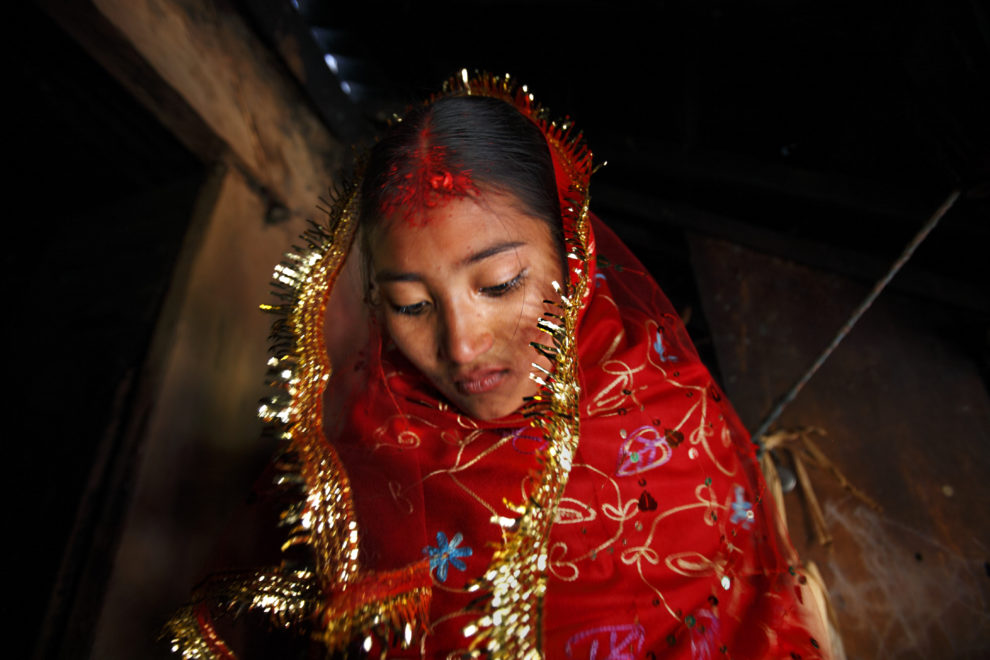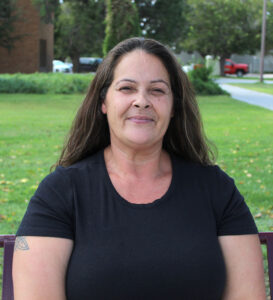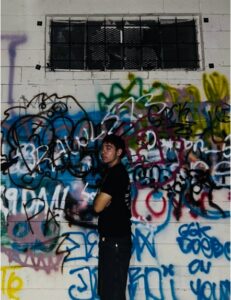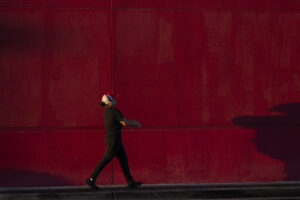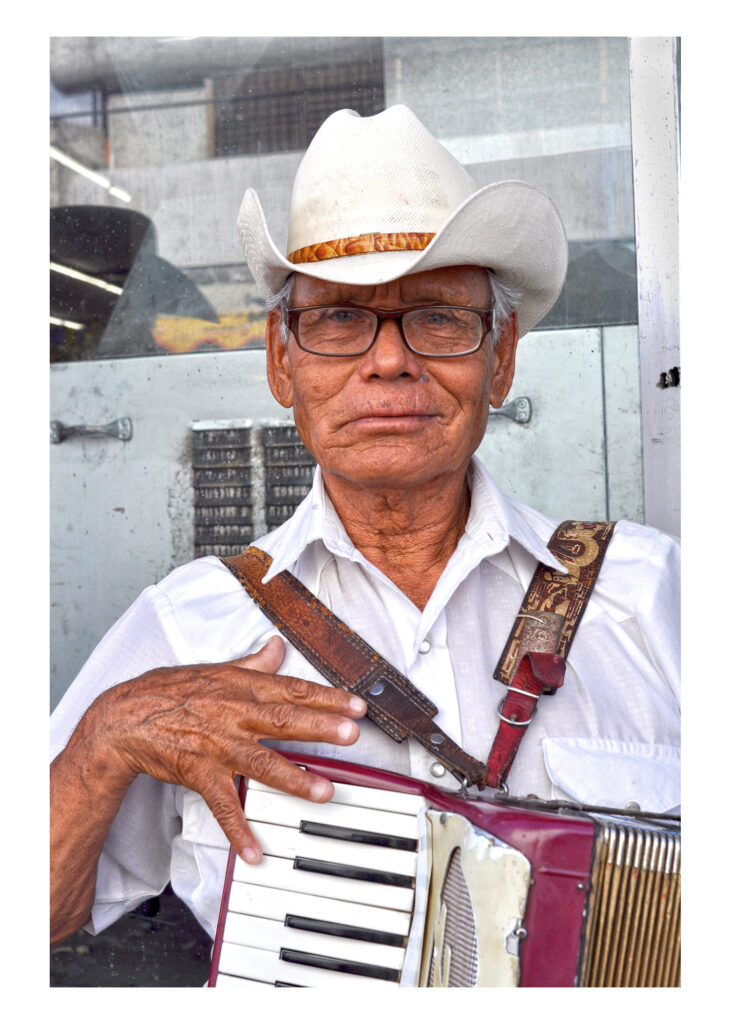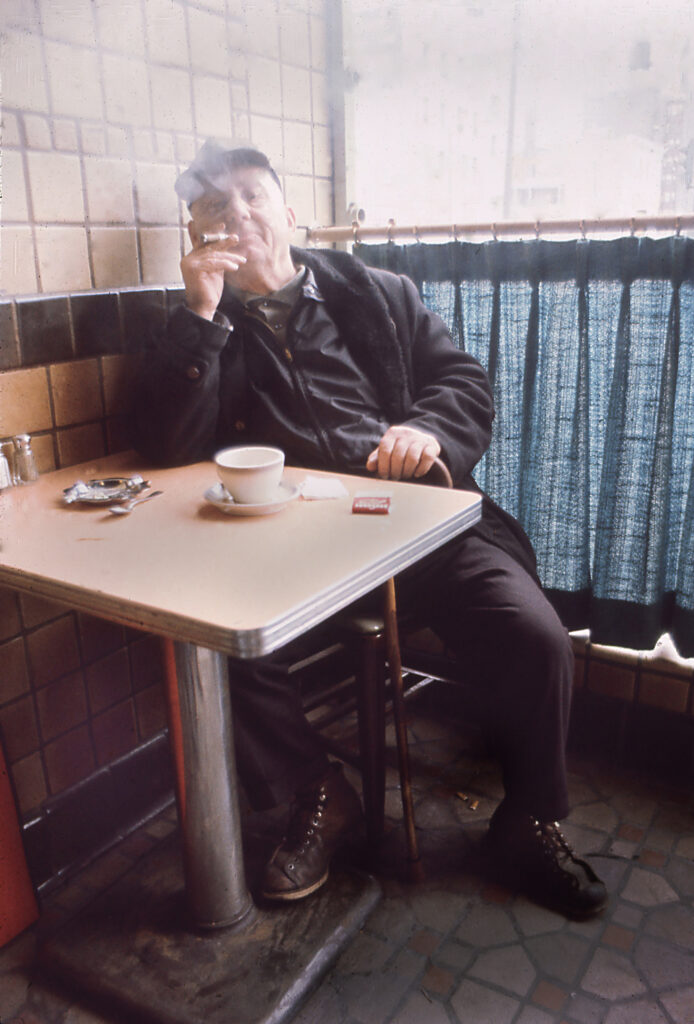The Art and History of Photojournalism
Photojournalism has been around for decades, it puts two of the most essential parts of journalism, writing and photography into one. Photojournalism allows us to tell a story – a news story that is – by using pictures. Photos have always had stories behind them, but now we’re able to capture moments in time within a story. Now more than ever, especially with newspapers being such a last resort, photojournalism allows to reach a much larger audience. It’s convenient to both the reader and publisher(s). Newspapers aren’t what they once were, they’re more of a hassle now, as opposed to being within reach, your phone in hand, being able to open a news app, a social media platform, even just google, and find out what’s currently happening in the world. However, with such a power comes great responsibility. Just as journalists have a duty to honor their work, ethically and morally, so do photojournalists. You must tell the truth and nothing but the truth, or rather in this case show nothing but the truth. While color enhancing, cropping, adjusting the gradient and light of a photo is allowed there are things one must not do. Therefore, adjusting of a scene/photo one must not photoshop (remove or add) important aspects is strictly prohibited and frowned upon. You must capture what you see, not what/how you want to see. One can’t adjust anything while out in the field and must make the best work possible by using their best judgment.
One of the most prominent photojournalists to date is Alfred Eisenstaedt. He is credited as the father of photojournalism. Having begun his career in Germany, prior to moving to the states right before WWII had commenced, he went nowhere without his camera. In having done so he was lucky enough to capture a moment in time – a photo truly worth 1,000 words. We see an American sailor returning from the victory of Japan 1945 and celebrating by kissing a nurse. The moment captures the shared sense of joy that was felt throughout the country after having won the War. Luckily the sun wasn’t shining directly on the lovely couple, but rather blocked by the buildings in Time Square – where the photo was taken. Since then, it’s been shared and plastered across the country.
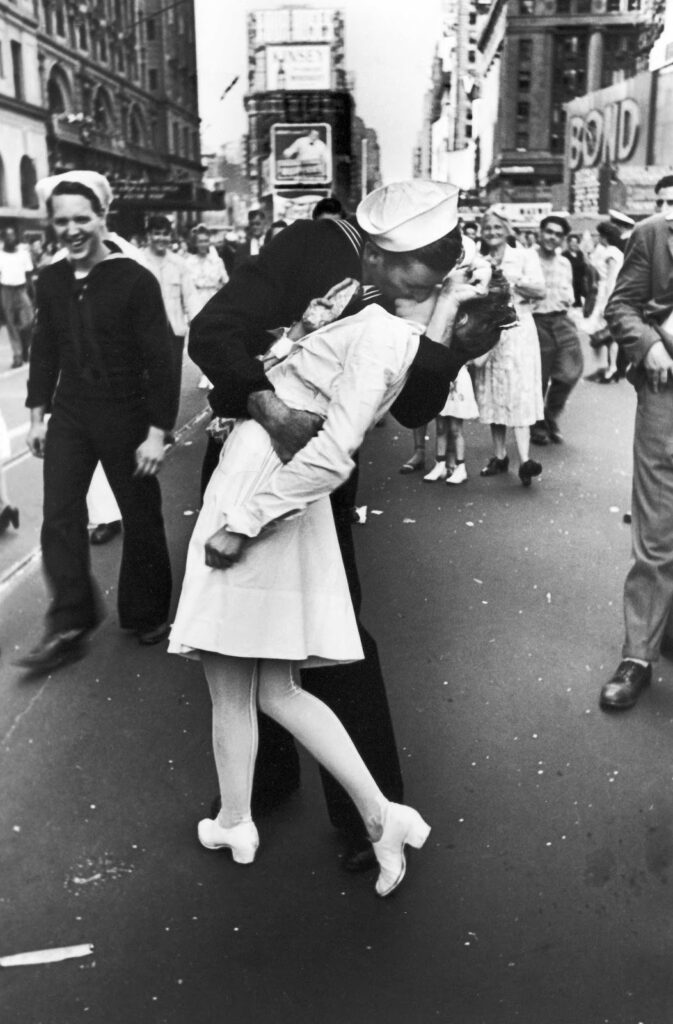
Another infamous photojournalist would be Dorothea Lange, she was active in documenting the relief aid sent to farmers during the great depression, after the U.S. economy had collapsed. When immersing herself in the Bay Area, she met people, who soon became friends of hers as time went on, who also shared the same interest in photography and journalism. Edward Weston, Ansel Adams, Anne Brigman, all worked with one another as well alongside Lange. She was truly a trailblazer, and her work is still so highly praised after all these years. The following photo of hers is so devastating. It shows a mother and her children, suffering – living in agony in the midst of The Great Depression back in the late 1920’s to the early 1940’s. It’s shot in natural light, though not hitting the subjects directly, the mother and her children are sat in shade as the world around them crumbles.
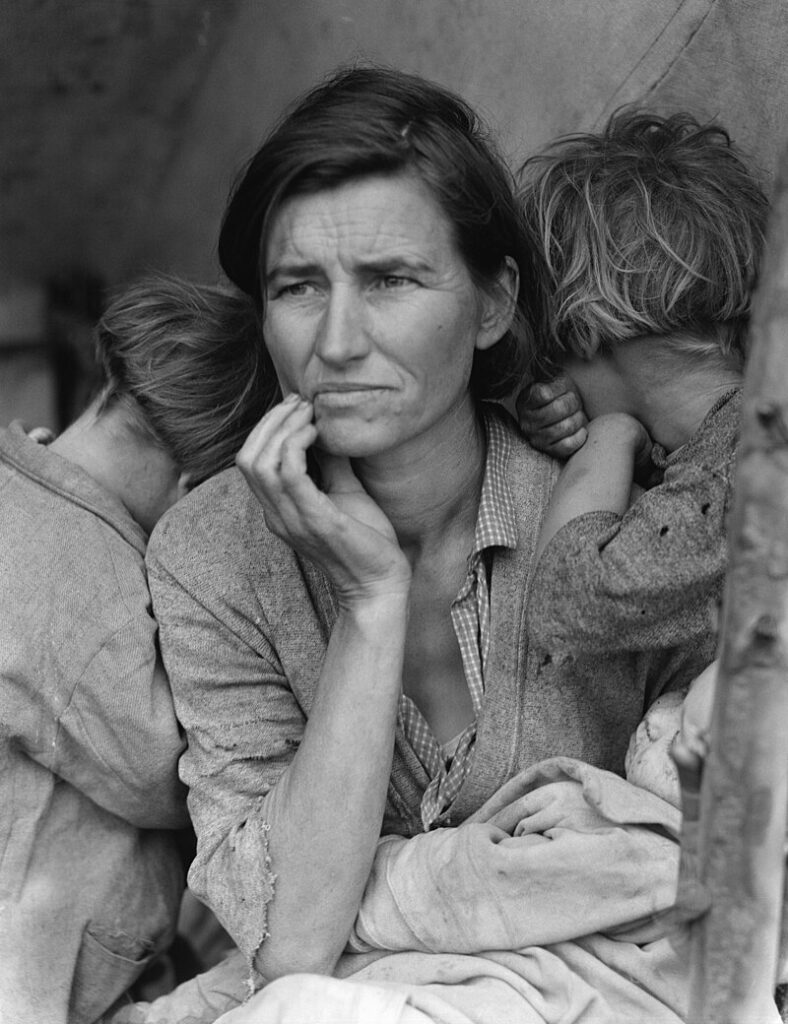
Gordon Parks was a man of many talents, from poetry to photographer and even being a composer. However, he is most known for his work during the civil rights movement as he became a prominent documentary photojournalist. He would shoot everything from poverty-stricken areas to civil rights rallies and his work, even lead him to work in glamor photography – having shot a plethora of issues for Vogue, and other well-known fashion magazines. Other photojournalists from his time, who also shared similar interests include Bill Bernstein and Susan Meiselas. One of his photos that caught my eye was the one of Ella Watson. Parks had made Watson his muse as he took over 90 photographs from one single session. He highlighted the poor conditions Watson was forced to live in, having to work whatever jobs she could to support not only herself but her children. The photo which I do believe is flash light, demonstrates Watson front in center with the tools needed for her to make a living. In the background, we see a prominent yet blurry American flag – it’s a jab at the labor and suffering minorities had, and have, to endure to make it in this country… to merely live the “American Dream.”
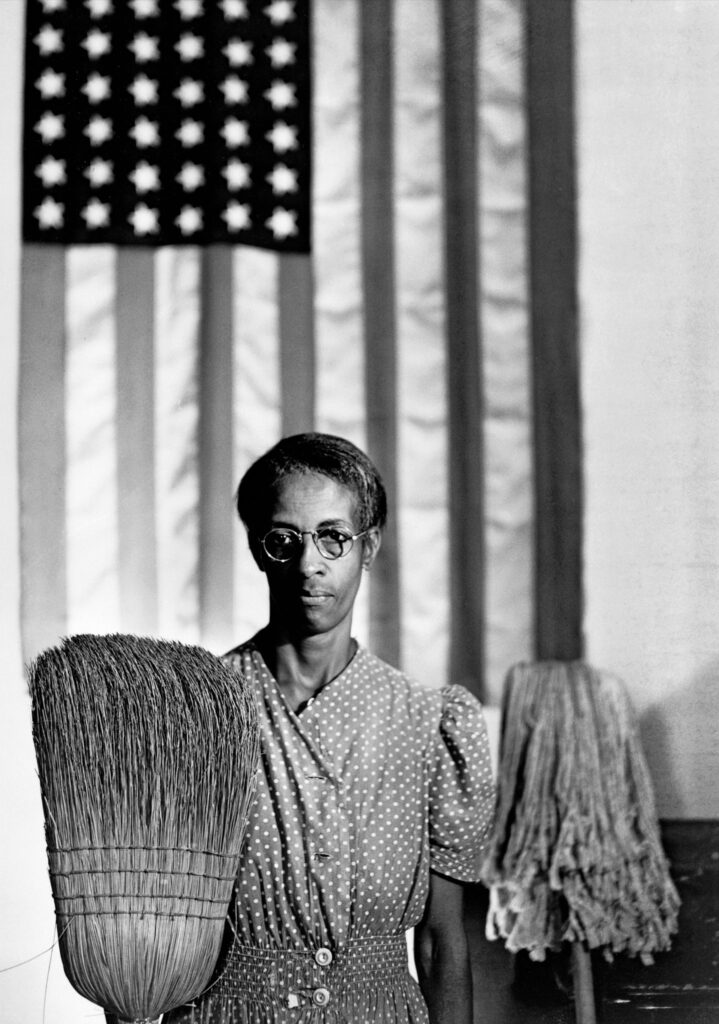
From Laurie Simmons to Cindy Sherman today we have photojournalists left and right, anyone with a passion and a camera can do it. Most recently, a photojournalist who I’ve encountered a number of times while scrolling through my social media is Stephanie Sinclair. Sinclair focuses on human-rights and gender issues. The latest I’ve seen from her focuses on child brides in the middle east as she’s wanting to bring to light the culture – more so the issues and immoralities of such practices. We see in her photo, using just the right amount of light, emphasizes the rich beautiful colors on the garment that the child bride is wearing. We see the texture and patterns of her veil in detail so rich in life, while the child’s face is in a mournful state. Having to wed against her will, we see her displeasement in having to carry out such outdated rituals.
